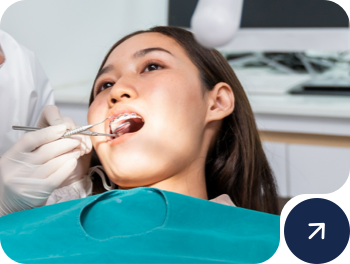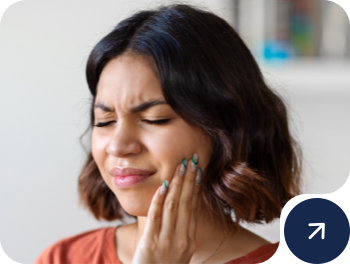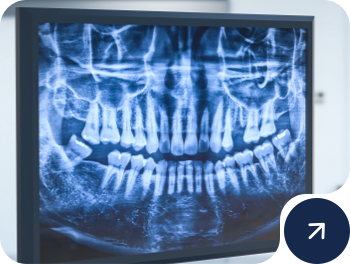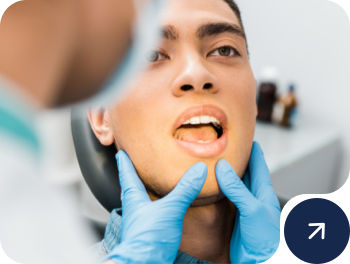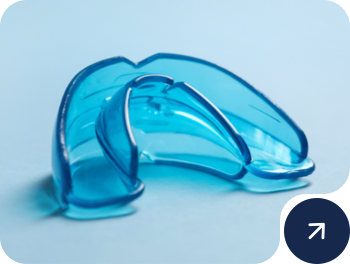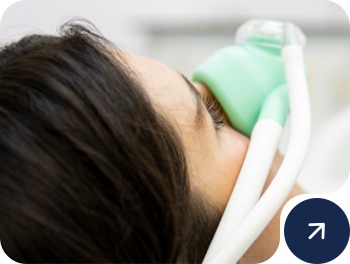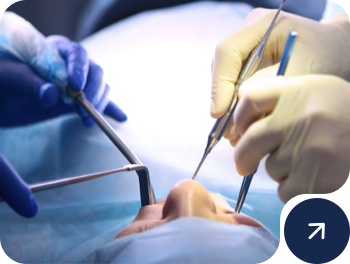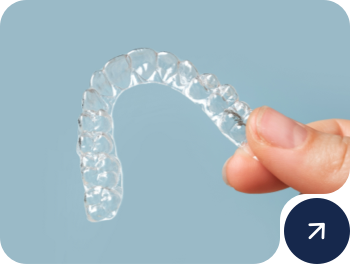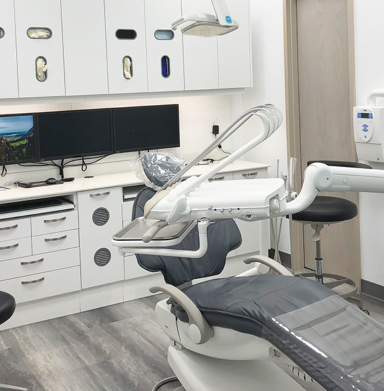While gingivitis is something you’ve certainly heard of, you may not know what it is. Maybe you’ve heard about it in a toothpaste commercial but still aren’t sure what exactly it is. Read on for all you need to know about gingivitis – what it is, how to treat it, and how to prevent it.
What is Gingivitis?
In the simplest sense, gingivitis is inflammation of the gums. Gingiva is the medical term for the tissue that covers your jaw and surrounds the base of your teeth. When this gum tissue becomes inflamed it pulls away from your teeth. In extreme cases it pulls away far enough that a pocket develops where bacteria can build up.
Two Types of Gingivitis
There are two types of gingivitis, although the second is very rare and has little to do with oral hygiene. This article focuses on the first variation, but both are worth mentioning here.
Plaque-Induced Gingivitis:
This form of gingivitis is caused by poor oral hygiene. It is the red, swollen, and sensitive gums that bleed when you are brushing or flossing. Caused by plaque buildup due to lack of brushing. Continue reading for more details on this form of gingivitis.
Non-Plaque Induced Gingivitis:
This more severe form of gingivitis is caused by bacterial, viral or fungal infections. Just like pink eye, this variation is caused by an assortment of bacterias and viruses. In these cases, gingivitis is only one symptom of a greater problem. These can be present in conjunction with lesions, swollen tonsils and tongue, or even oral ulcers. If you are experiencing any of these symptoms, seek out medical attention.
What Causes Gingivitis
Plaque is a natural film that builds up on our teeth. With proper maintenance, we brush it away each day. If plaque is left to accrue it can harden into tartar, which forms above and below the gum line. This tartar is rougher and porous; a perfect landing pad for more plaque to build up even faster. The plaque is host to bacteria that causes your gums to become inflamed. Left untreated, this gingivitis can develop into more advanced forms of gum disease, such as periodontitis.
What Gingivitis Looks (and Smells) Like
Gingivitis is characterized by red, puffy gums. It’s easiest to spot when brushing your teeth, as your gums may bleed. The additional plaque and bacteria weaken your tooth’s enamel, creating a greater risk of cavities. Just like the bacteria buildup in your shoes causes them to smell, the plaque buildup on your teeth causes bad breath.
Can You Treat Gingivitis?
The good news is that gingivitis is extremely treatable. Primarily, treatment is similar to prevention – dedication to your oral hygiene. Brushing and flossing are your best defense. With attention to the proper care you could be rid of gingivitis in two weeks!
How You Can Fight Gingivitis At Home
Flossing: Use 18 inches of floss. Wind most around the index finger of one hand and enough to secure it on your other index finger. With each tooth you floss, unwind it from your first hand and wind it on the other. Slide the floss between your teeth, curve it around one tooth and gently slide it up and down. Curve it around the other tooth and repeat. Do this for each tooth in your mouth.
Brushing: Hold your toothbrush at a 45-degree angle and use small, circular strokes. Brush the outside, underside, and inside of each tooth and along the gums. Take a moment to scrub your tongue before rinsing well. Consider investing in an electric toothbrush and always look for antibacterial toothpaste.
Mouthwash: After flossing and brushing, rinse your mouth with an antibacterial mouthwash. This can reach the bacteria hiding in hard to reach places and will keep fighting bacteria for you in between brushing.
How Do You Prevent Gingivitis?
Gingivitis is common, but it’s extremely easy to prevent. Build these habits into your daily routine and you can easily keep your mouth clean, healthy, and gingivitis-free!
The Best Anti-Gingivitis Habits
- Brush twice a day, for at least 2 minutes.
- Floss at least once a day, but preferably after each meal.
- Rinse with mouthwash every time you brush.
- Maintain a healthy diet, low in carbohydrates like refined sugars.
- Have your teeth cleaned by a dental hygienist once a year.


